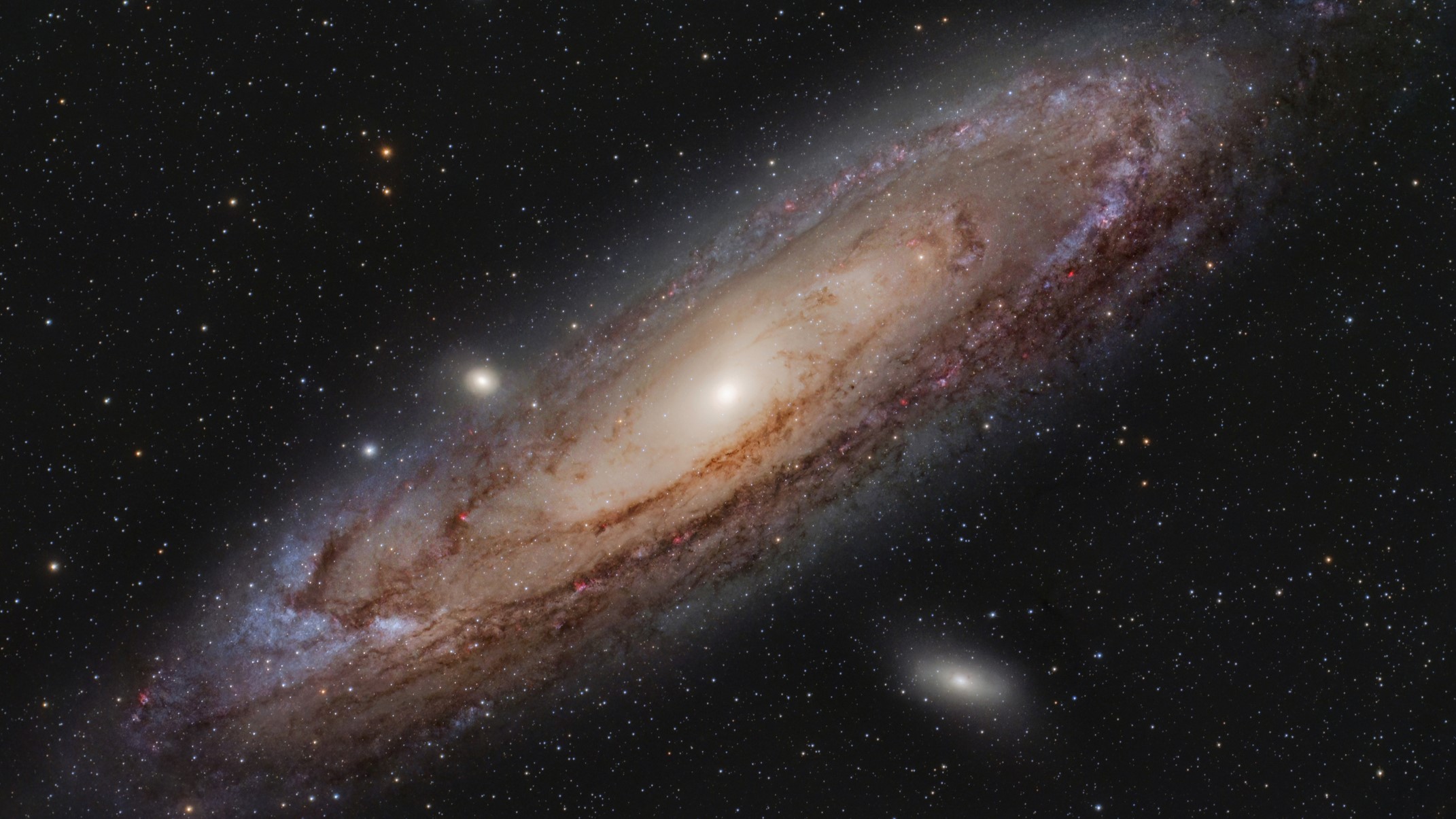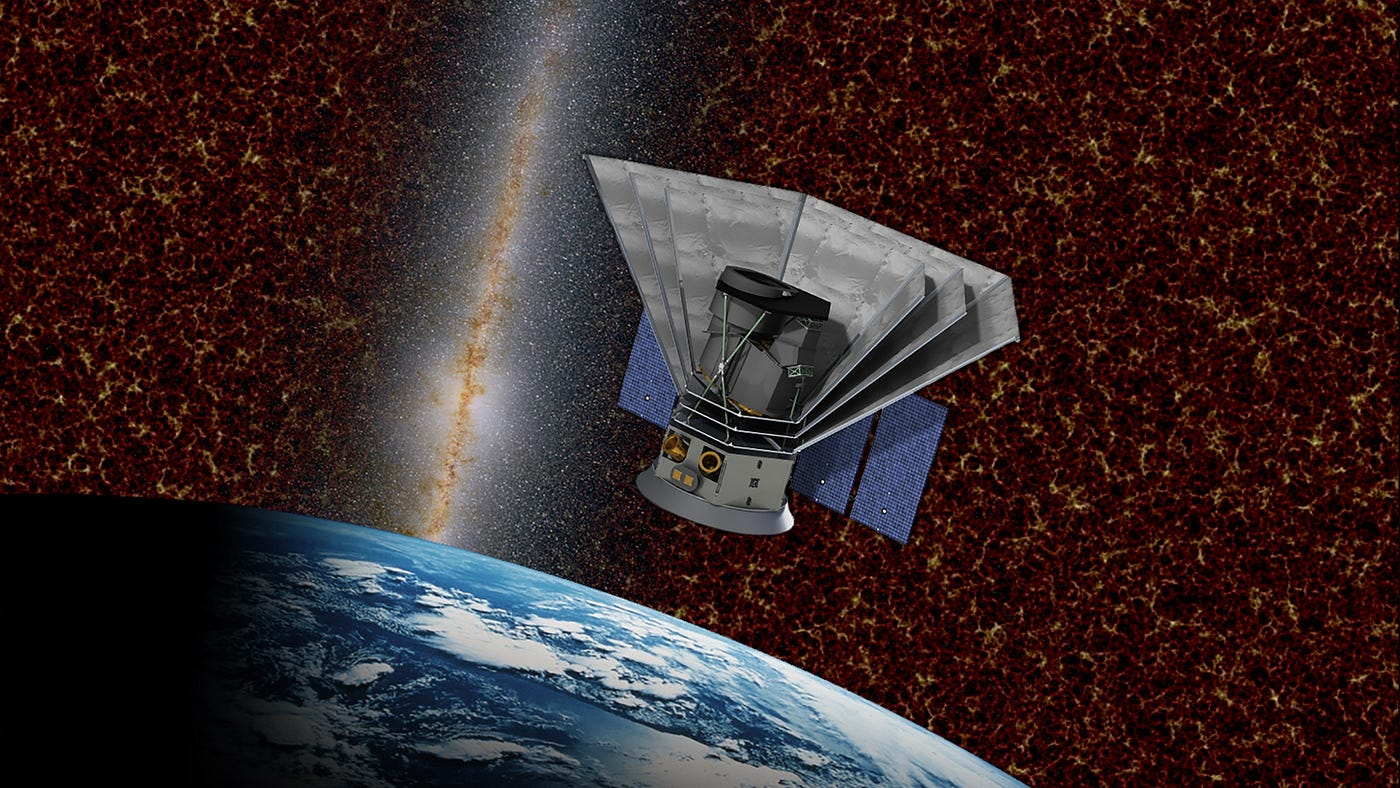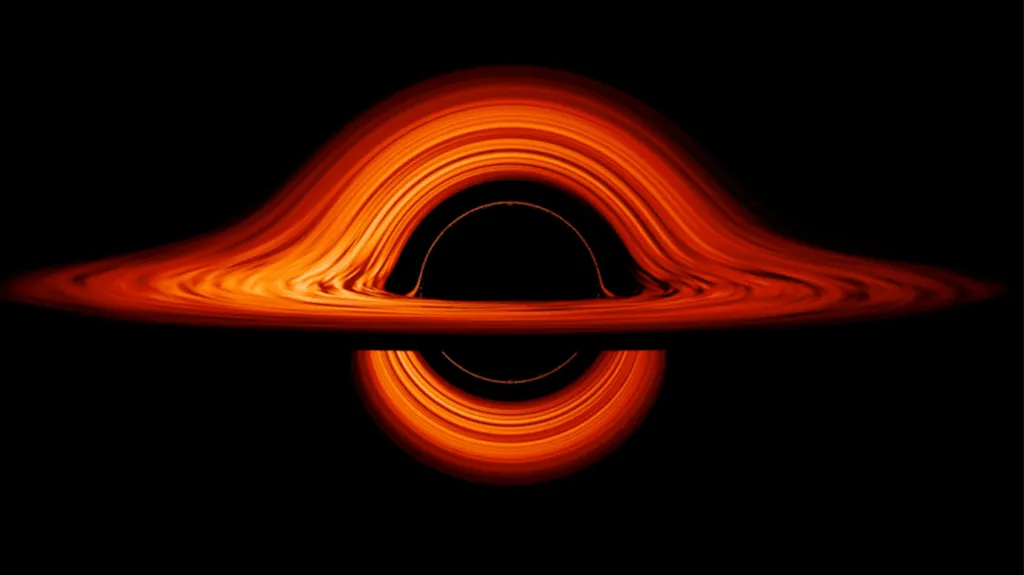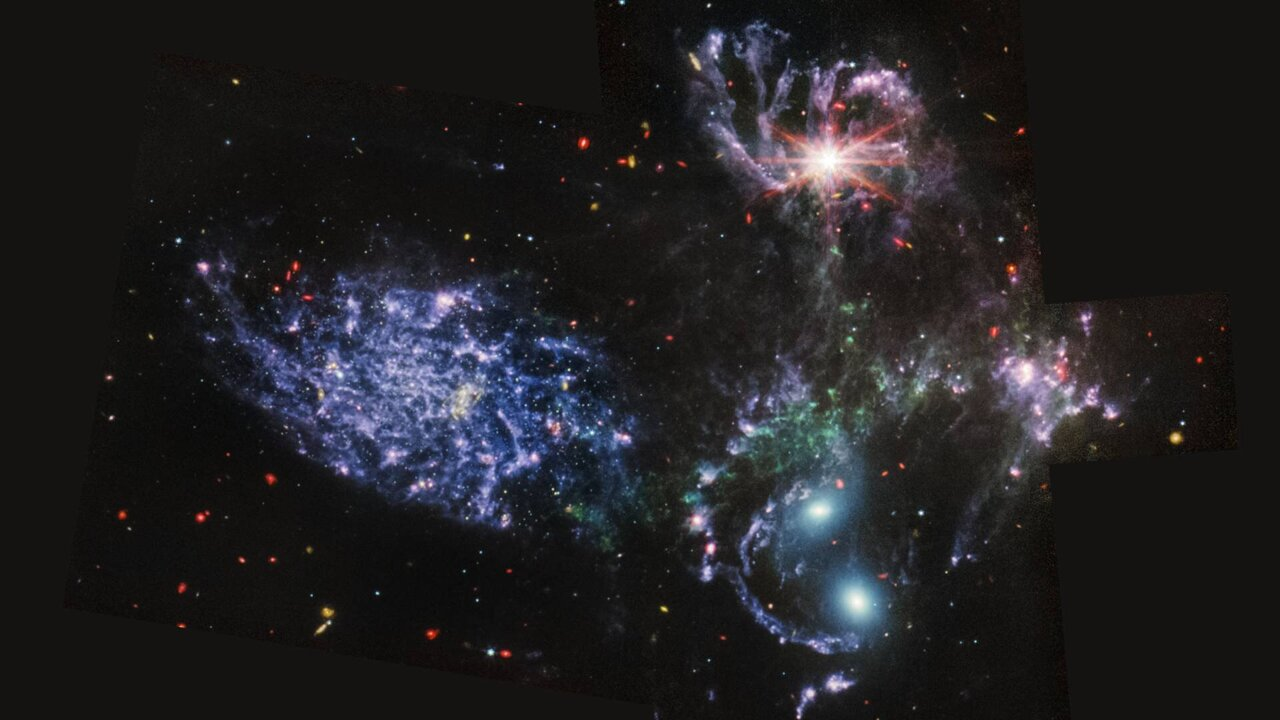zoomacademia.com – The Andromeda Galaxy, known as M31, is one of the most fascinating and studied celestial objects in the night sky. Located approximately 2.537 million light-years away from Earth, it is the nearest spiral galaxy to our own Milky Way and is on a collision course with it. This article delves into the characteristics, significance, and future of the Andromeda Galaxy.
Overview
Andromeda is a spiral galaxy that is roughly 220,000 light-years in diameter, making it the largest galaxy in our local group, which includes the Milky Way, the Triangulum Galaxy (M33), and about 54 other smaller galaxies. It contains an estimated one trillion stars—more than twice the number found in the Milky Way.
Structure and Composition
The Andromeda Galaxy exhibits a classic spiral structure, characterized by its prominent arms that swirl around a bright central bulge. These spiral arms are rich in gas and dust, providing fertile ground for new star formation. The galaxy also possesses a supermassive black hole at its center, named M31*, with a mass estimated to be around 140 million solar masses.
The galaxy is surrounded by a vast halo of dark matter, which influences its gravitational pull and the dynamics of its stars. This dark matter is an essential aspect of Andromeda’s overall mass and plays a critical role in the galaxy’s formation and evolution.
Observation and Exploration
Andromeda is one of the few galaxies visible to the naked eye from Earth. On clear nights, it appears as a faint, smudgy patch in the constellation Andromeda, making it a popular target for amateur astronomers. Through telescopes, its spiral structure and numerous stars become more discernible, revealing a stunning cosmic landscape.
Astronomical surveys, such as the Hubble Space Telescope’s observations, have provided detailed images and valuable data about Andromeda’s structure, star populations, and interactions with its satellite galaxies.
Future Collision with the Milky Way
One of the most intriguing aspects of Andromeda is its impending collision with the Milky Way. Current models predict that in about 4.5 billion years, the two galaxies will begin to merge, forming a new galaxy often referred to as “Milkomeda.” This merger will significantly alter the structure of both galaxies, but it is unlikely to result in individual stars colliding due to the vast distances between them.
During the merger, gravitational interactions will trigger new star formation and could lead to the formation of a new elliptical galaxy over time. Understanding this future event not only helps astronomers comprehend galaxy evolution but also gives insight into the long-term fate of our own galaxy.
Cultural Significance
Throughout history, the Andromeda Galaxy has captured human imagination. Its name originates from the ancient Greek princess Andromeda, who was chained to a rock as a sacrifice to a sea monster. The galaxy is also referenced in various myths, literature, and scientific literature, symbolizing humanity’s quest to explore the unknown.
Conclusion
The Andromeda Galaxy is more than just a neighboring galaxy; it is a cornerstone in our understanding of the universe. Its size, structure, and future collision with the Milky Way provide invaluable insights into the nature of galaxies and cosmic evolution. As we continue to explore and study Andromeda, we deepen our understanding of the cosmos and our place within it. Whether through telescopes or the lens of imagination, Andromeda remains a captivating subject for both scientists and stargazers alike.







